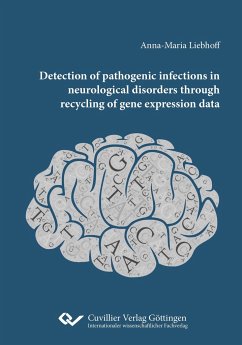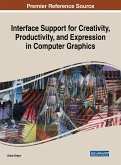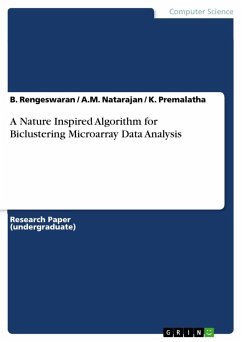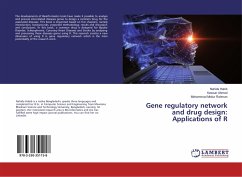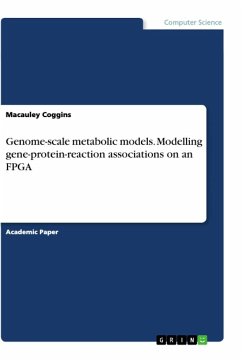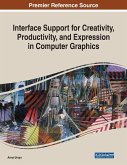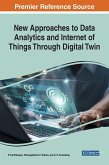For increasing the knowledge about small RNA an online platform was built in this thesis, homogenizing the analysis of sequencing data from over 4,000 samples collected in different laboratories worldwide from various organisms. Consequentially, tissue and disease specific biomarkers were detected and evidence was found for bacterial and viral infections of the sequenced tissues. This motivated the development of an algorithm for analyzing non-host RNA sequencing reads for detecting pathogenic abundance in the host. Focusing on neurological diseases, bacterial presence is suggested in brains of dementia patients. The platform and the algorithm can help scientists to add important leads to their own studies.
Hinweis: Dieser Artikel kann nur an eine deutsche Lieferadresse ausgeliefert werden.
Hinweis: Dieser Artikel kann nur an eine deutsche Lieferadresse ausgeliefert werden.

